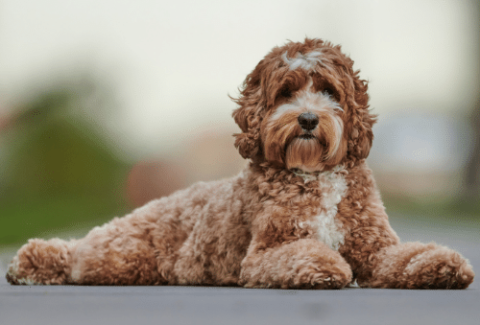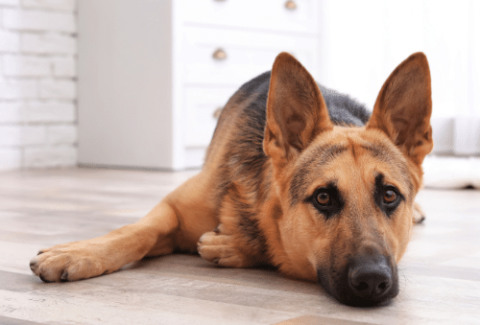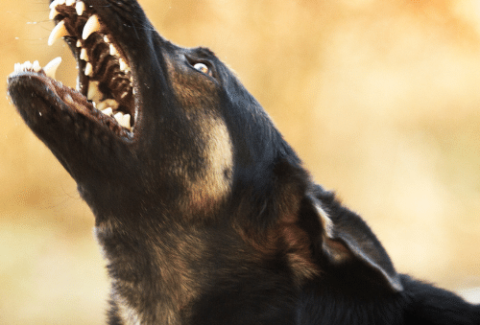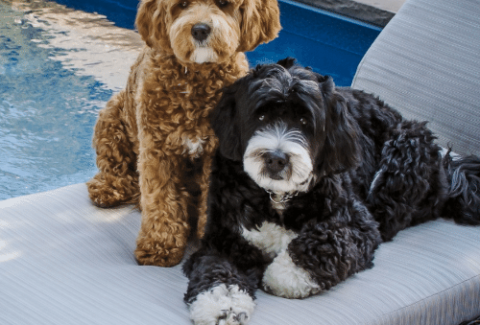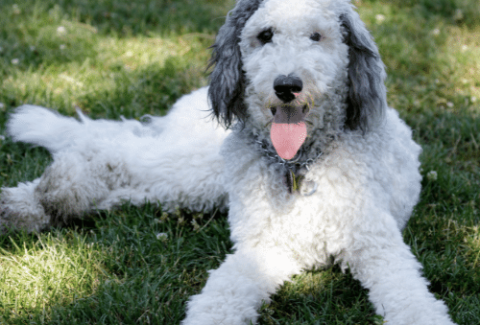What Does A Dalmatian Cost?
July 22, 2021 2021-07-22 19:26What Does A Dalmatian Cost?
Dalmatians are one of the most instantly recognizable dog breeds around. They are one of the only breeds that feature such prominent spotting. While these breeds are quite iconic, there isn’t actually much demand for them. This keeps the price of puppies quite low at around $500 to $1,200 a puppy, assuming you’re purchasing from a registered breeder.
Their care costs are also quite low, considering that they are larger dogs. You can expect to spend about $4,000 during your puppy’s first year. This includes all the supplies they’ll need when you bring them home, such as dog beds and bowls. These are one-time costs that you won’t need to purchase often, but the fact that you have to purchase all of them when you bring your puppy home drives up your first-year costs quite a bit.
After that, the cost will lower substantially to about $1,500 a year. This includes vet costs, feeding, and everything else you’ll need to purchase regularly. It does not include any potential health problems that your canine might develop, which can increase your cost substantially.
In this article, we’ll help you determine how to best budget for a Dalmatian.
Table of Contents
How Much is a Dalmatian?
Dalmatian puppies can be found with a price tag ranging from $50 to $2,000. The price is largely dependent on where the dog is adopted from. Qualified, registered breeders are going to be the most expensive. However, this is mostly because they put a lot of money and time into their puppies.
You can purchase your Dalmatian puppy from puppy mills or backyard breeders, who typically advertise on Craigslist and Facebook. However, these puppies are cheaper because they do not come with the socialization and health care that breeder’s typically put into their puppies.
Of course, adoption from an animal shelter is also possible. However, this is largely based on luck. Dalmatians may be somewhat common, but they are not popular dogs at animal shelters. Finding purebred puppies in shelters is rare.
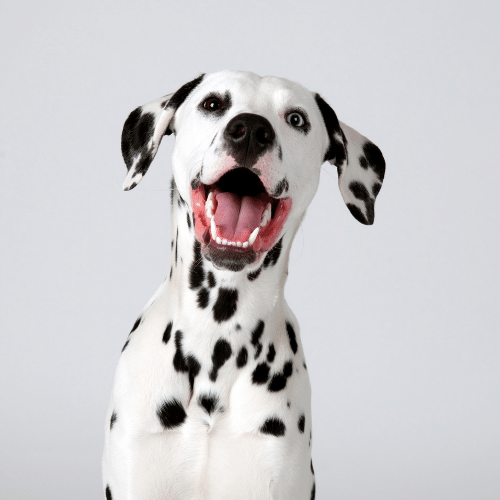
Getting a puppy from Craigslist
You may come across some puppies on Craigslist. These are usually much cheaper than purchasing puppies from a breeder, though they can be just as expensive in some cases. Most of the time, puppies on Craigslist are not from a qualified breeder (though some breeders do advertise on Craigslist).
Most of the time, they come from “backyard breeders.” These are regular owners who do not have much experience breeding dogs. They simply own a Dalmatian and want to try their hand at producing a litter or two. There isn’t anything wrong with this, but many backyard breeders do not know how to raise puppies properly. Not all of them will be properly socialized.
Backyard breeders usually do not health test their adult dogs simply because they don’t know that’s something you’re supposed to do. Most puppies also do not receive the correct health care.
Puppy mills also advertise on Craigslist. These puppies have similar problems as the backyard breeder litters. However, they are typically kept in smaller, outdoor kennels that aren’t terribly clean. Many are taken away from their mother too early, which can lead to health and behavioral issues, such as separation anxiety.

Getting a puppy from a rescue
If you happen to find a Dalmatian puppy at an animal shelter, then you can expect to pay anywhere from $100 to $300. Because these are not-for-profit businesses, they usually base the price of the puppy on health costs. Puppies usually require more startup health care than adults, so they are usually more expensive.
Most of these puppies have an unknown past. They do not come from breeders in the large majority of cases. They are typically accidental litters, which usually are not purebred. It also means that these puppies may not have received the proper care when they were little; it is impossible to know.
However, once they are at the rescue, they do receive medical care. If they have parasites or another underlying condition, they likely would have been caught and treated at the shelter. Therefore, these puppies are usually healthier than those bought from Craigslist simply because they have already seen the vet.
Getting a puppy from a breeder
While this is the most expensive option, this is largely because they put a lot of work and money into their dogs. Often, the parents are health tested before breeding. This prevents genetic problems from being passed onto the puppies, but it can be expensive. Only the healthiest dogs are chosen to be bred.
Once the puppies are bred, they benefit from the breeder’s expertise in raising Dalmatians. The puppies are often well-socialized, and some even have some basic training. This prevents behavioral problems from developing later on.
The puppies also receive extensive health care. Typically, they get their first vaccinations before being adopted. Some may also have their hearing tested since this breed is prone to deafness.
All of this cost money. Therefore, puppies are usually around $500 to $1,200. The extra costs the breeder ends up with are wrapped into the final cost of the puppies.
Costs of health test
A large reason the puppies from breeders are more expensive is due to the cost of health testing. Like most breeds, there are a variety of different tests that are recommended for the Dalmatian before they are bred. The Dalmatian Club of America recommends testing for:
- Hip Dysplasia
- Congenital Deafness
- Thyroid
- Eye Disease
These health tests can cost hundreds of dollars altogether, which is why the puppies from breeders are much more expensive. Their parents undergo health testing to help ensure that the puppies end up healthier. If you purchase from someone that isn’t a breeder, the parents likely have not been health tested.
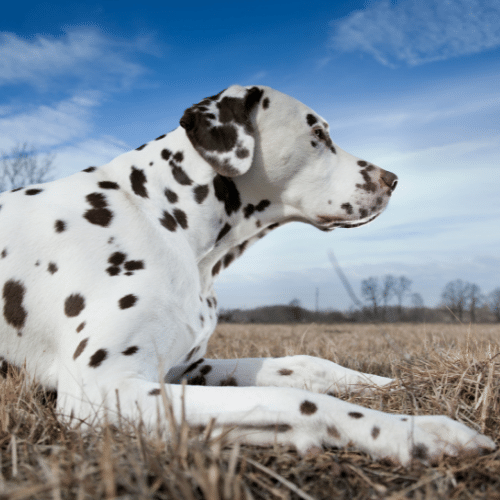
Annual costs of owning a Dalmatian
On top of purchasing a puppy, you’ll also need to pay for your dog’s care. This will cost the most the first year since you’ll be dealing with more startup supplies. Typically, supplies for this dog will cost around $450 for your first year. This includes a dog bed and crate, which can be quite expensive due to the Dalmatian’s larger size.
Luckily, you don’t have to purchase these supplies again. (Or, at least, you shouldn’t have to purchase them too often.)
You will need to pay for some ongoing costs, such as food and vet bills. This can cost about $1,500 a year for an adult dog, while your dog’s first year will cost closer to $4,000 a year.
Vet expenses
You will pay around $600 a year for your dog’s medical costs. Puppies need to visit the vet a few times a year for vaccinations and exams. Often, fecal examinations are recommended to catch parasites earlier.
Adult dogs will only need to visit the vet once a year. However, they will need more done at each appointment, which will increase the cost. While they will be at the vet less, the times they are at the vet will be more expensive. Therefore, you’ll likely end up paying about $600 for adult dogs as well.
This also covers preventative medications like fleas and heartworms. You won’t necessarily get these from the vet, but they are included in your dog’s medical costs.
This does not include any problems your dog develops, which can potentially add thousands. Be sure to budget for pet insurance or have an emergency fund for any potential problems that pop up. As your dog ages, he may need more frequent vet checks as well as special supplements.
You should also budget for spaying or neutering your dog if you choose; this will cost an extra $50 to $300 that we did not include in this budget.

Food and toy costs
These dogs are larger, but they still shouldn’t break the bank to feed them. Typically, you can expect to pay about $300 to $450 a year, assuming that you’re purchasing high-quality dog food. Puppies will be less expensive simply because they are smaller and eat less. As your dog grows, your bills will go up.
Your dog’s activity level also affects how much they’ll eat.
While you can choose a lower-quality food to save a bit of money, we do not recommend this. Often, lower-quality foods will cause allergies and similar problems (though this can technically occur with any dog food). You may end up paying more in the long run on vet bills than you ended up saving on food.
If your dog needs prescription food, you may end up paying about $550 per year on adult food. Puppies are often a bit cheaper, but they will usually cost closer to $450.
Toys will likely cost about $90 a year. These dogs are a bit active, which means that you can expect to pay more for toys. They aren’t terribly hard on toys, but they will destroy a few over the years.
Training costs
Dalmatians will likely need some sort of professional training. Even if you’ve worked with dogs before, these dogs will benefit from group classes where they can socialize with dogs of all sorts. They aren’t the friendliest dogs by nature, which means that socialization is essential for good behavior.
Group lessons usually only cost about $150 to $200 for a few sessions. This is all that some Dalmatians may need, especially if you start as puppies. You will need to socialize your dog outside of these sessions as well. A few hours with strange dogs aren’t enough to prevent behavioral problems later on. If your dog needs private classes, you will spend at least $1,000 on a series. After the private classes, group classes are usually recommended. This will put your total cost to around $1,200 if your dog is already an adult and isn’t social enough to be in a group setting.
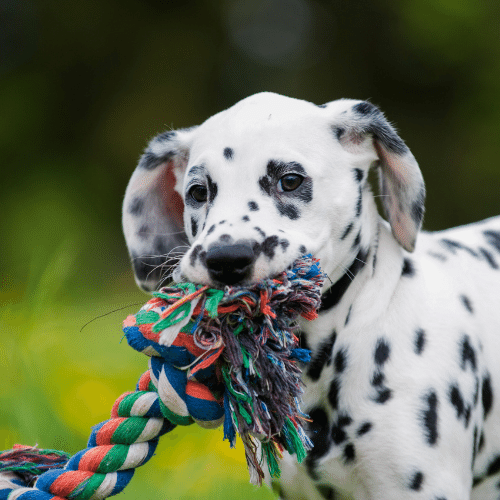
Factors influencing the price
The biggest factor influencing the price of these puppies is their pedigree. If a dog has many champions in their past, then they will likely cost more. This is because breeders are willing to pay top price for these dogs, as they will likely perform well themselves and then produce high-quality puppies. However, even if you’re purchasing this dog as a companion, you’ll still be paying these higher prices.
The breeder’s reputation also matters. If they’re well-known for producing high-quality dogs, then they may charge more for their puppies.
The amount of health care the dog receives matters. If they receive a hearing test before being adopted, they will usually cost more. However, this does ensure that you know your puppy’s level of hearing before deciding to adopt them. Dalmatians are prone to congenital deafness, so this testing is often performed.
Puppies that have received their first vaccinations and vet exam will likely cost more, but then you won’t have to pay for these exams yourself.
Price Considerations
You should ensure that you have the appropriate budget before adopting your dog. It is best to over-budget where necessary. You never know when your dog’s vet bills are suddenly going to cost more than you expected for one reason or another. Some dogs may need blood tests or special prescription food.
Furthermore, you should have an emergency fund set aside as well. These are essential for emergency vet funds, especially if you don’t have pet insurance. These dogs are prone to some health problems that can be quite expensive. Plus, accidents can always happen. Surgery for dogs usually costs thousands of dollars. Most people can’t afford this if they don’t have an emergency fund.
The bottom line
You can expect to pay anywhere from $600 to $1,200 for a puppy. This assumes you’re purchasing from a high-quality breeder. Of course, you should also budget for the everyday cost of your dog. Puppies will likely cost you about $4,000 for the first year. This is largely due to the supplies you’ll need to purchase for your new dog. After this startup cost, you can expect to spend about $1,500 a year on an adult dog.
Much of these costs will come from vet bills. However, we highly recommend not skipping these. Preventative vet care is essential to prevent further problems. Trying to skip preventative services could lead to more expensive health problems down the line.

Author: Kristin
Kristin was born in Tennessee and currently lives there with her husband and children. She is passionate about educating pet parents and helping them make the best possible decisions for their pets. She currently owns one dog, two cats, a lizard, and a variety of fish.
Steffi Trott
Related Posts
Are Labradoodles High-Maintenance?
At what age do Labradoodles calm down?
Are Pomeranians Good for First-Time Dog Owners?
Are German Shepherds Hypoallergenic?
Are German Shepherds Smart?
Are German Shepherds Vocal?
Are German Shepherds Good With Kids?
Do Bernedoodles like Water?
Do Bernedoodles Like Cats?
How Long Can Australian Shepherds Be Left Alone?
Check out our effective and affordable online dog training courses!
-
Sale Product on sale
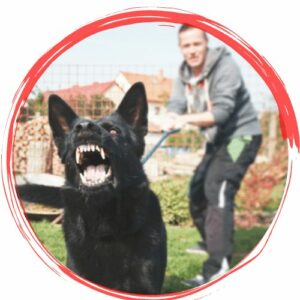 Tackling Reactivity Bundle
Tackling Reactivity Bundle
MONEY BACK GUARANTEE$564.00$49.00 -
Sale Product on sale
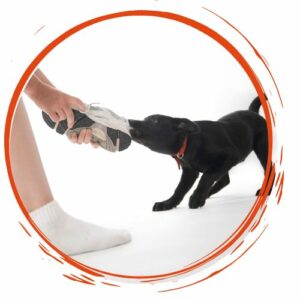 Perfect Obedience Bundle
Perfect Obedience Bundle
MONEY BACK GUARANTEE$349.00$49.00 -
Sale Product on sale
 Ultimate Puppy Bundle
Ultimate Puppy Bundle
MONEY BACK GUARANTEE$416.00$49.00 -
Sale Product on sale
 The Perfect Focus Bundle
The Perfect Focus Bundle
MONEY BACK GUARANTEE$445.00$169.00 -
Sale Product on sale
 Ultimate Masterclass Bundle
Ultimate Masterclass Bundle
MONEY BACK GUARANTEE$2,213.00$499.00


